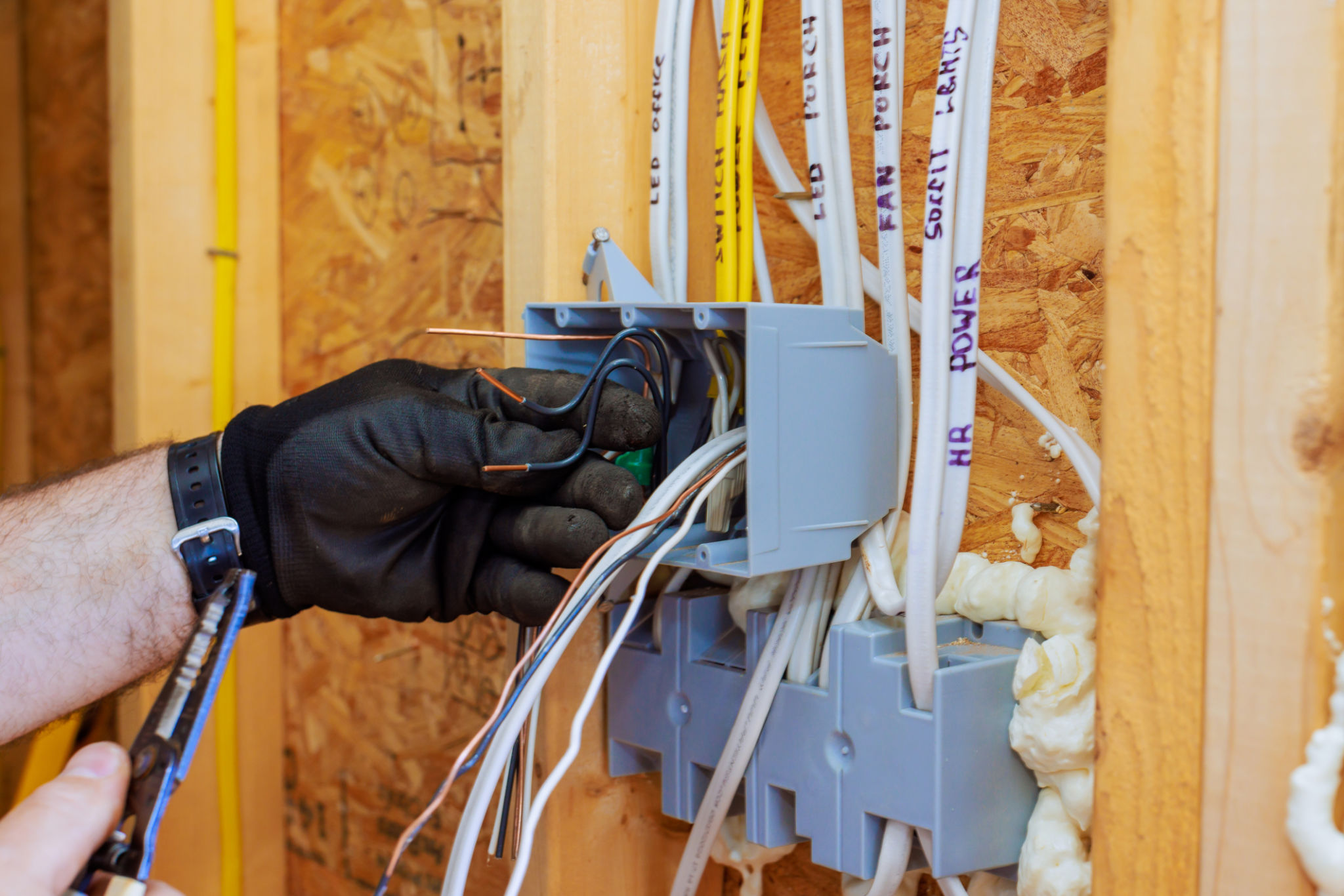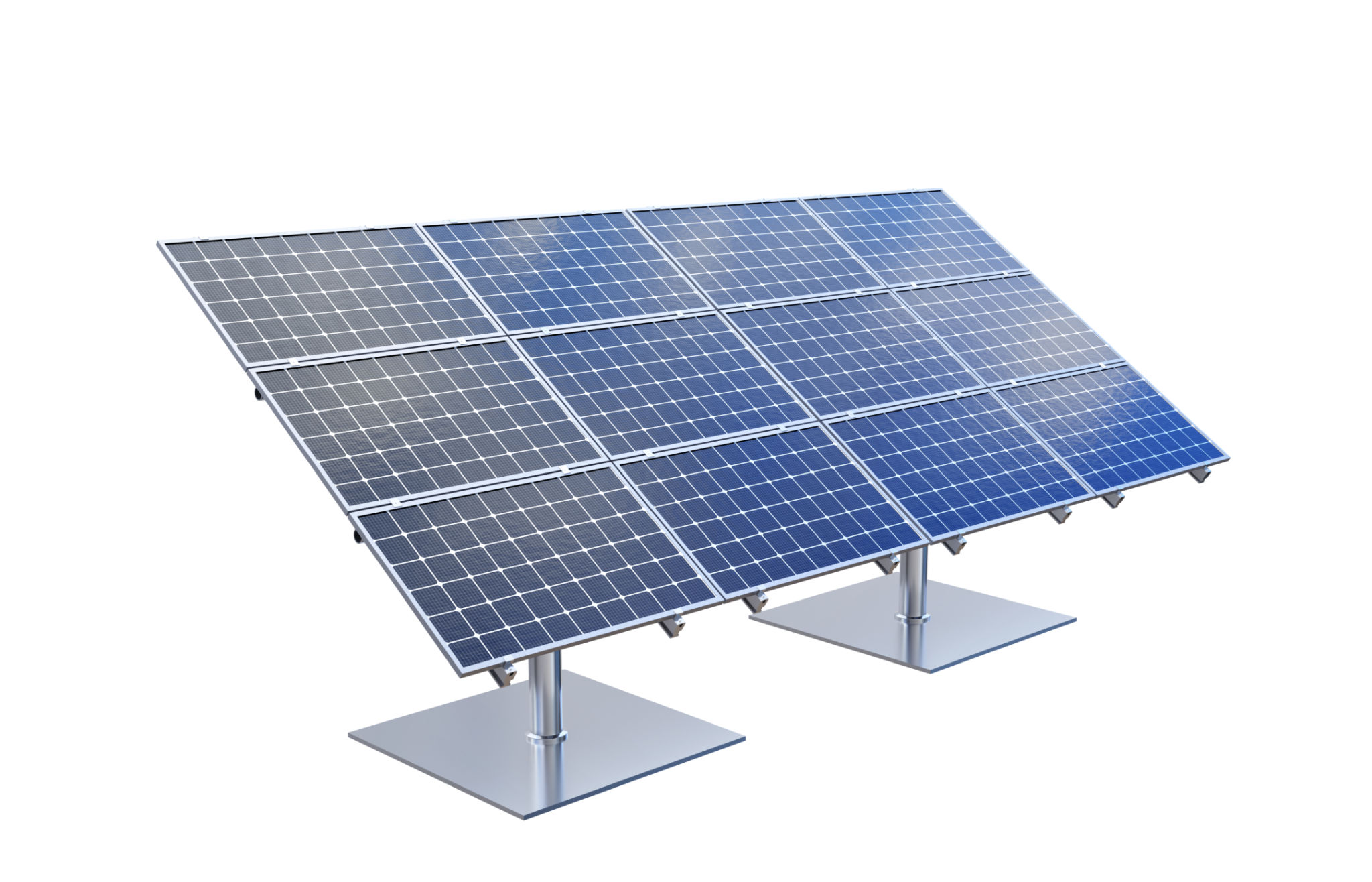A Case Study: Successful Electrical Renovation in Moreton Bay
Introduction to the Project
In the heart of Moreton Bay, a remarkable electrical renovation project unfolded, transforming an aging facility into a modern marvel. This case study delves into the intricacies of the renovation, showcasing how strategic planning and expert execution can breathe new life into an old structure.
The facility in question was an old manufacturing warehouse, originally constructed in the early 1980s. It was in dire need of an upgrade to meet current safety standards and accommodate modern electrical demands. The renovation aimed to enhance energy efficiency, increase capacity, and ensure compliance with the latest regulations.

Project Planning and Challenges
Successful renovations start with meticulous planning. The team faced several challenges, including outdated wiring, insufficient electrical panels, and a lack of proper grounding. These issues required comprehensive assessments and innovative solutions to ensure the facility could handle modern equipment and technology.
One of the primary goals was to minimize disruptions to ongoing operations. This required careful scheduling and collaboration with various stakeholders to maintain productivity while upgrading the electrical systems.
Implementation of Renovation Strategies
The implementation phase involved a multi-step approach to address the facility's needs. First, the old wiring was replaced with new, high-capacity cables capable of supporting increased loads. Additionally, state-of-the-art circuit breakers and panels were installed to improve safety and reliability.

Furthermore, advanced energy management systems were integrated to monitor and optimize electricity usage. These systems offered real-time data and insights, enabling the facility to reduce energy consumption and costs.
Focus on Energy Efficiency
Energy efficiency was a core component of the renovation strategy. By upgrading to energy-efficient lighting and installing smart sensors, the facility significantly reduced its energy footprint. This not only contributed to cost savings but also aligned with sustainability goals.
The renovation included the installation of solar panels on the warehouse roof, providing clean energy and reducing reliance on traditional power sources. This forward-thinking approach positioned the facility as a leader in sustainable practices within Moreton Bay.

Outcomes and Benefits
The renovation project successfully revitalized the facility, resulting in numerous benefits. The enhanced electrical capacity allowed for the integration of high-tech machinery and equipment, boosting productivity and efficiency.
Moreover, improved safety measures reduced the risk of electrical hazards, creating a safer working environment for employees. The energy-efficient upgrades also led to significant cost savings, with utility bills decreasing by approximately 30% annually.
Community and Environmental Impact
The project's success extended beyond the facility itself. By prioritizing sustainability, it set a positive example for other businesses in Moreton Bay. The reduction in energy consumption contributed to lower carbon emissions, supporting broader environmental initiatives in the region.
The case study of this electrical renovation in Moreton Bay illustrates how strategic planning and execution can transform outdated infrastructure into efficient, modern facilities. By focusing on safety, efficiency, and sustainability, businesses can achieve remarkable results that benefit both their operations and the community at large.
